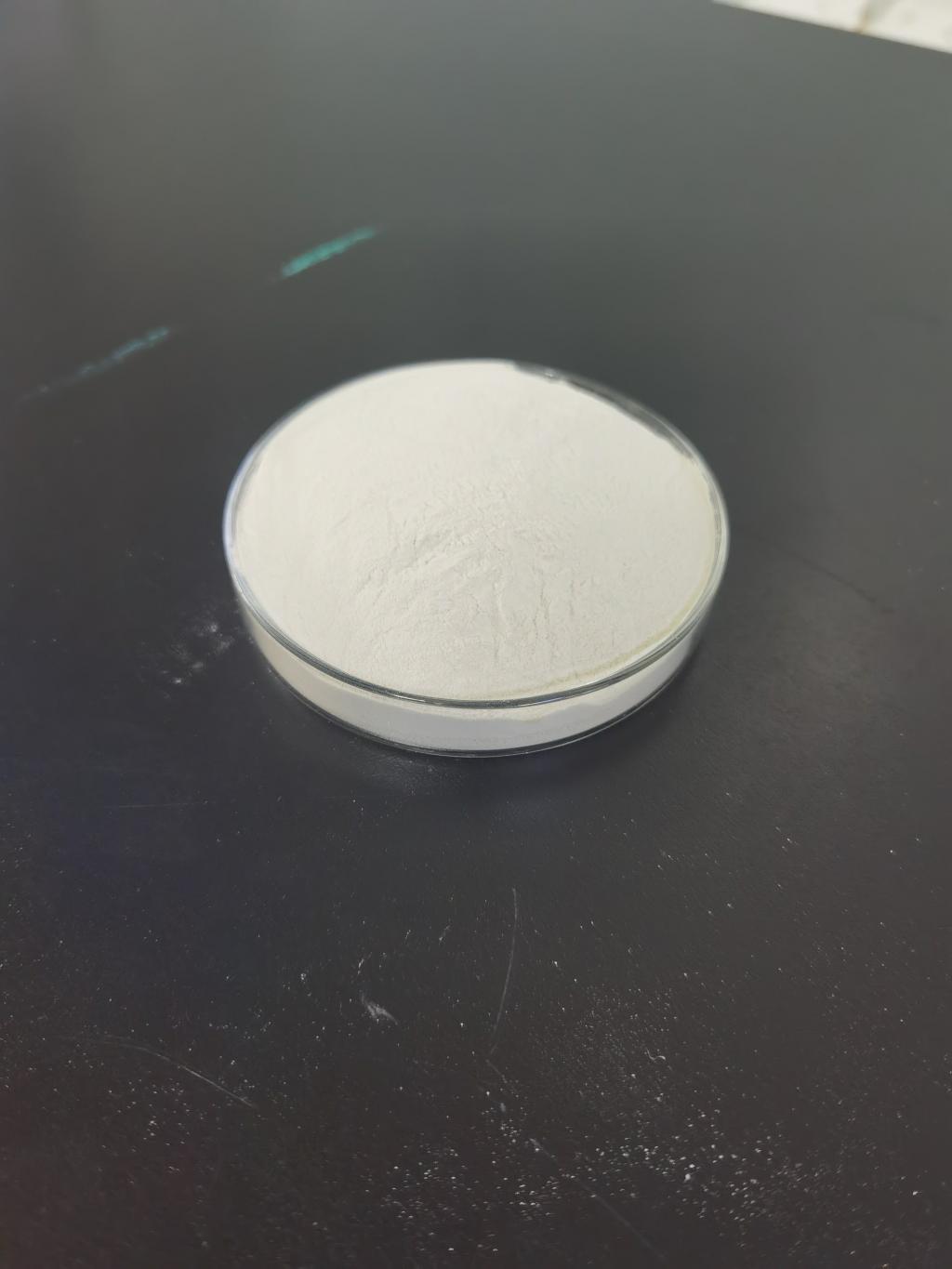Tel:+8618231198596

News
 CONTACT
CONTACT
 CONTACT
CONTACT
- Linkman:Linda Yao
- Tel: +8618231198596
- Email:linda.yao@dcpharma.cn
- Linkman:CHARLES.WANG
- Department:Overseas
- Tel: 0086 0311-85537378 0086 0311-85539701
News
Nisin's potential in controlling microbial contamination in food processing wastewater.
TIME:2024-06-06
Understanding Nisin:
Nisin is a bacteriocin produced by strains of Lactococcus lactis, known for its potent antimicrobial properties against a wide range of Gram-positive bacteria, including foodborne pathogens and spoilage microorganisms. Due to its natural origin and low toxicity, nisin is considered safe for use in food and water treatment applications.
Mechanisms of Action:
a. Disruption of Cell Membranes: Nisin interacts with lipid II, a precursor in bacterial cell wall synthesis, leading to pore formation and membrane disruption, ultimately causing cell death.
b. Inhibition of Spore Germination: Nisin can also inhibit the germination of bacterial spores, preventing their proliferation in food processing wastewater.
Applications in Controlling Microbial Contamination in Food Processing Wastewater:
a. Reduction of Pathogens: Incorporating nisin into wastewater treatment processes can effectively reduce the population of pathogenic bacteria, such as Salmonella, Listeria, and E. coli, thereby minimizing the risk of contamination in the environment.
b. Suppression of Spoilage Microorganisms: Nisin's broad-spectrum antimicrobial activity extends to spoilage microorganisms commonly found in food processing wastewater, including lactic acid bacteria and yeast, ensuring the quality and safety of treated wastewater.
c. Biofilm Prevention: Nisin can inhibit biofilm formation by pathogenic bacteria on surfaces and equipment in food processing facilities, reducing the risk of cross-contamination and microbial growth in wastewater streams.
Advantages of Nisin in Wastewater Treatment:
a. Sustainability: Nisin's natural origin and biodegradability make it an environmentally friendly alternative to chemical disinfectants commonly used in wastewater treatment, reducing the ecological footprint of food processing operations.
b. Cost-effectiveness: Compared to traditional disinfection methods, nisin-based treatment systems offer cost savings in terms of equipment, chemicals, and energy consumption, making them economically viable for food processing facilities.
c. Compliance with Regulations: Nisin's approval for use in food and water treatment by regulatory agencies worldwide ensures compliance with stringent environmental regulations governing wastewater discharge.
Implementation Considerations:
a. Optimal Dosage and Contact Time: Determining the appropriate concentration of nisin and contact time required for effective microbial control in food processing wastewater depends on factors such as wastewater characteristics, microbial load, and treatment objectives.
b. Compatibility with Existing Treatment Processes: Integration of nisin-based treatment methods into existing wastewater treatment systems may require modifications to ensure compatibility and optimal performance.
c. Monitoring and Validation: Regular monitoring of microbial levels and treatment efficacy is essential to assess the effectiveness of nisin-based wastewater treatment systems and ensure compliance with regulatory standards.
Case Studies and Success Stories:
a. Nisin in Meat Processing Wastewater Treatment: Studies have demonstrated the efficacy of nisin in reducing pathogen levels and improving water quality in wastewater generated from meat processing facilities, enhancing environmental sustainability and regulatory compliance.
b. Nisin in Dairy Processing Wastewater Treatment: Incorporating nisin into wastewater treatment processes in dairy processing plants has shown promising results in controlling bacterial contamination and minimizing environmental impact, while maintaining product quality and safety.
Future Directions and Challenges:
a. Research and Development: Further research is needed to optimize nisin-based treatment methods for different types of food processing wastewater and evaluate their long-term efficacy and environmental impact.
b. Technology Innovation: Advancements in nisin delivery systems and treatment technologies, such as membrane filtration, ultraviolet irradiation, and electrochemical disinfection, hold promise for enhancing the effectiveness and efficiency of wastewater treatment processes.
c. Regulatory Support: Collaboration between industry stakeholders, regulatory agencies, and research institutions is essential to establish guidelines and standards for the safe and effective use of nisin in food processing wastewater treatment.
Conclusion:
Nisin offers a sustainable and effective solution for controlling microbial contamination in food processing wastewater, addressing environmental concerns and ensuring the safety and quality of treated wastewater. By harnessing nisin's natural antimicrobial properties and integrating it into wastewater treatment processes, food processing facilities can enhance their environmental stewardship, achieve regulatory compliance, and contribute to a more sustainable future for the food industry and the planet.
- Tel:+8618231198596
- Whatsapp:18231198596
- Chat With Skype







